The sun-kissed shores of Spain, renowned for their vibrant culture and captivating landscapes, has an equally enchanting underwater world. is rich and varied, offering 395 officially listed dive sites for exploration. Divers can choose from 176 impressive wall dives, 161 thriving reef dives, and 60 intriguing cave dives. Imagine gliding through crystal-clear waters, encountering colorful fish, fascinating rock formations, and vibrant marine ecosystems.
12 Dive Sites in Spain
1. Medes Islands (Costa Brava, Catalonia)
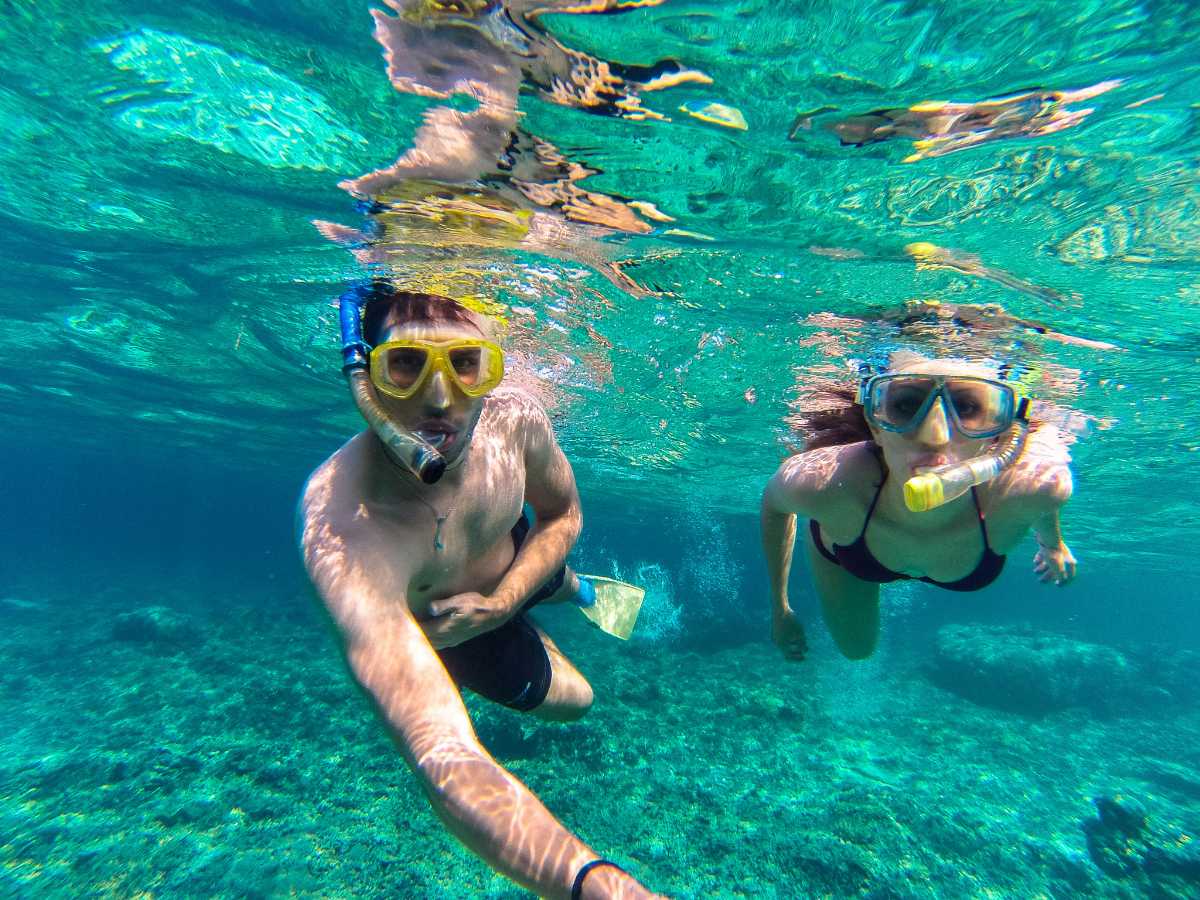
The Medes Islands, a protected marine reserve off the coast of L'Estartit, are widely considered one of the best snorkeling destinations in the Mediterranean. Fishing has been prohibited here for decades, resulting in an incredibly rich and diverse marine ecosystem. You can see abundant fish life, including groupers, seabream, and even octopuses, thriving in the clear waters and Posidonia seagrass meadows. Numerous boat tours and snorkeling excursions depart from L'Estartit, taking you to prime locations around the islands (a short 10-15 minute boat ride).
2. Cap de Creus Natural Park (Costa Brava, Catalonia)
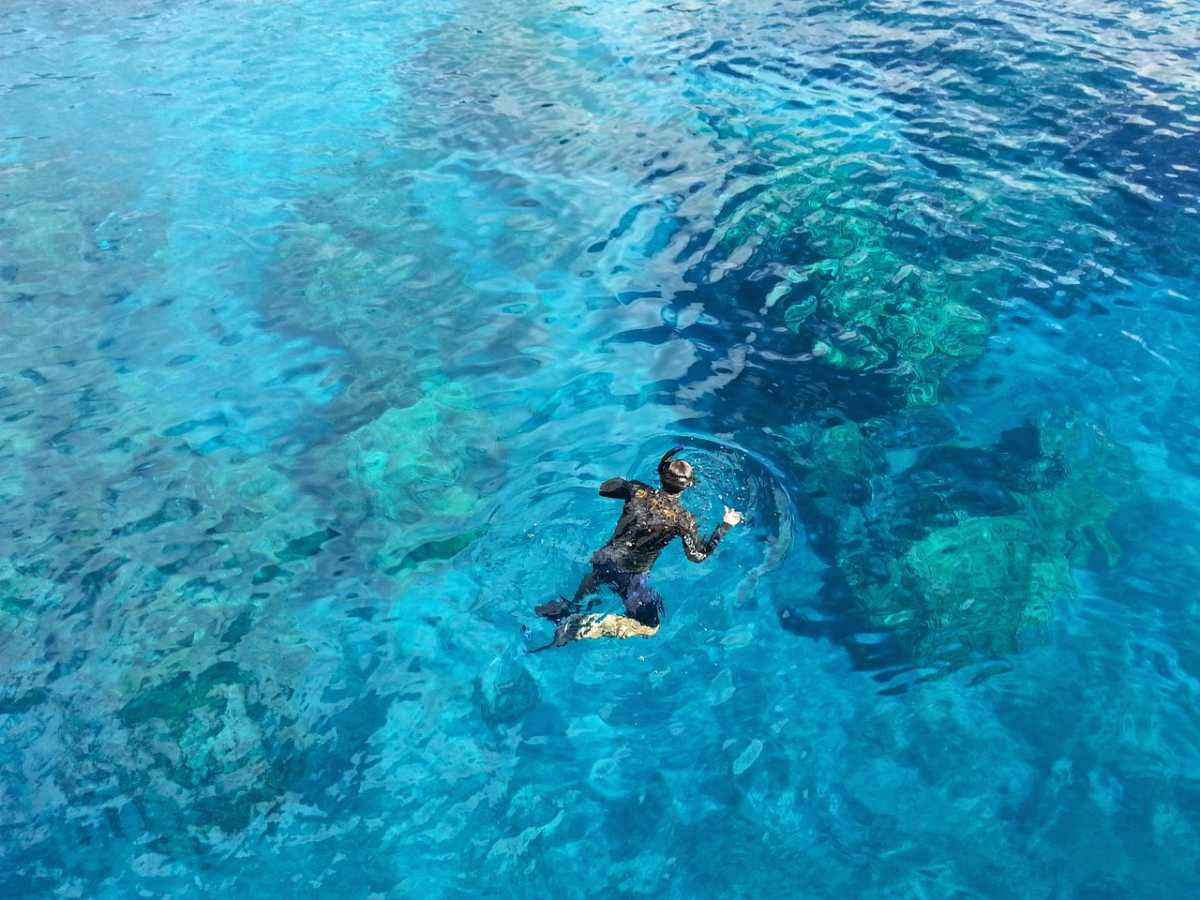
Located at the northernmost tip of the Costa Brava, Cap de Creus Natural Park boasts a dramatic coastline with secluded coves, underwater caves, and diverse marine life. The clear waters are perfect for snorkeling, allowing you to discover colorful fish, starfish, and even explore small underwater tunnels. Cala Culip and Cala Jugadora are highly recommended spots. The main town near Cap de Creus is Cadaqués, from where you can drive or take local transport to various snorkeling spots within the park, such as Cala Jugadora or Cala Fredosa. Parking can be limited, especially during peak season from June to August.
3. Cala Montgó (Costa Blanca, Alicante)

Cala Montgó, situated on the Montgó Massif near Denia, is a picturesque cove known for its crystal-clear turquoise waters and fascinating underwater landscape. Here you can explore small sea caves and rocky areas teeming with fish. It is a beautiful cove, easy access from the beach, interesting underwater formations. Cala Montgó is located a few kilometers north of L'Escala and is easily accessible by car (with parking available) or local bus during the tourist season.
4. Cala Macarella & Cala Macarelleta (South Coast, Menorca, Balearic Islands)
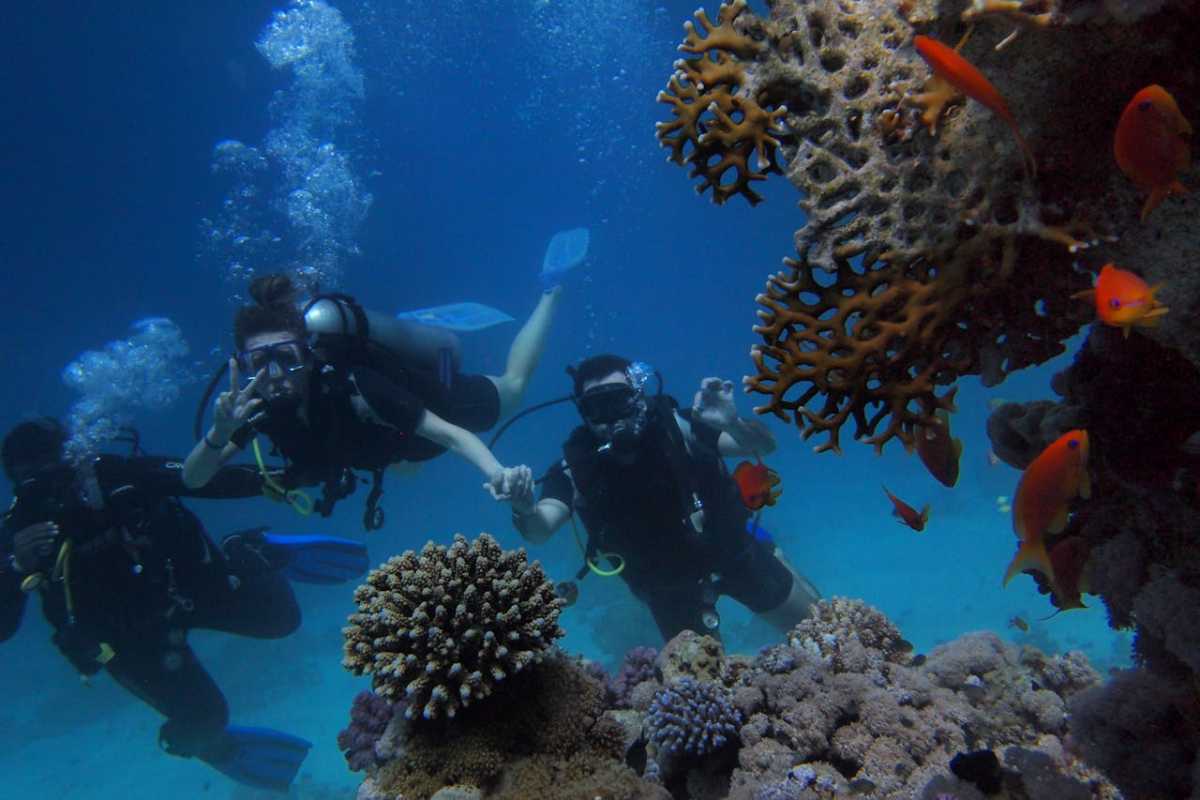
The incredibly clear, shallow waters of Cala Macarella & Cala Macarelleta are ideal for observing schools of saupe (a silver and yellow striped fish), small seabream, and curious saddled seabream. Look amongst the rocks for colourful parrotfish and the occasional starfish. Nearest base can be Ciutadella. During the summer months, there are regular buses from here to Cala Macarella. Cala Macarelleta is a short (around 15-minute) walk along the Camí de Cavalls coastal path from Cala Macarella. Access by car is often restricted in peak season to preserve the natural environment, so buses are the recommended option.
5. Cala Turqueta (South Coast, Menorca, Balearic Islands)
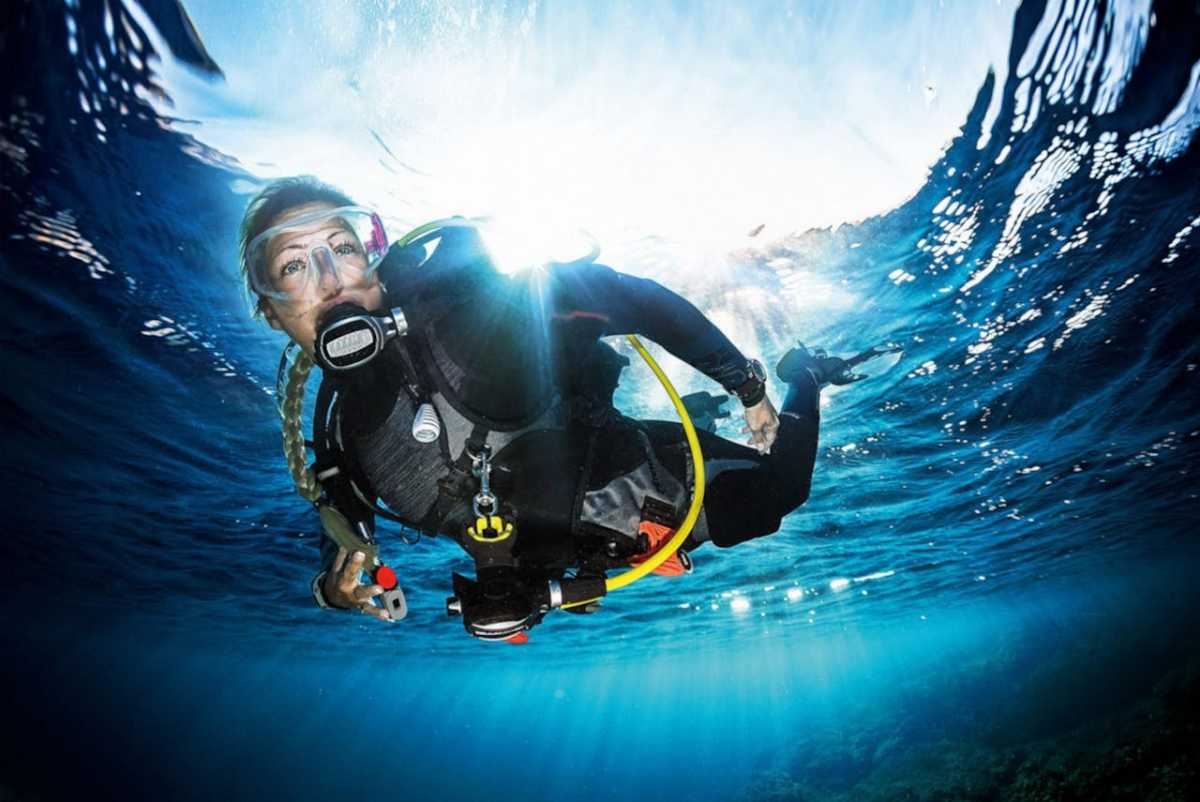
Similar to its neighbouring calas, you can see schools of saupe, saddled seabream, and small mullet in the shallows of Cala Turqueta. The rocky areas along the sides of the cove may harbour gobies, blennies, and small octopus. You can rent a car or take a bus towards Ciutadella and then a connecting bus towards the southern calas. Cala Turqueta has a car park, but it can fill up quickly from June to August. Consider arriving early or taking public transport.
6. Es Trenc Beach (South Coast, Mallorca, Balearic Islands)
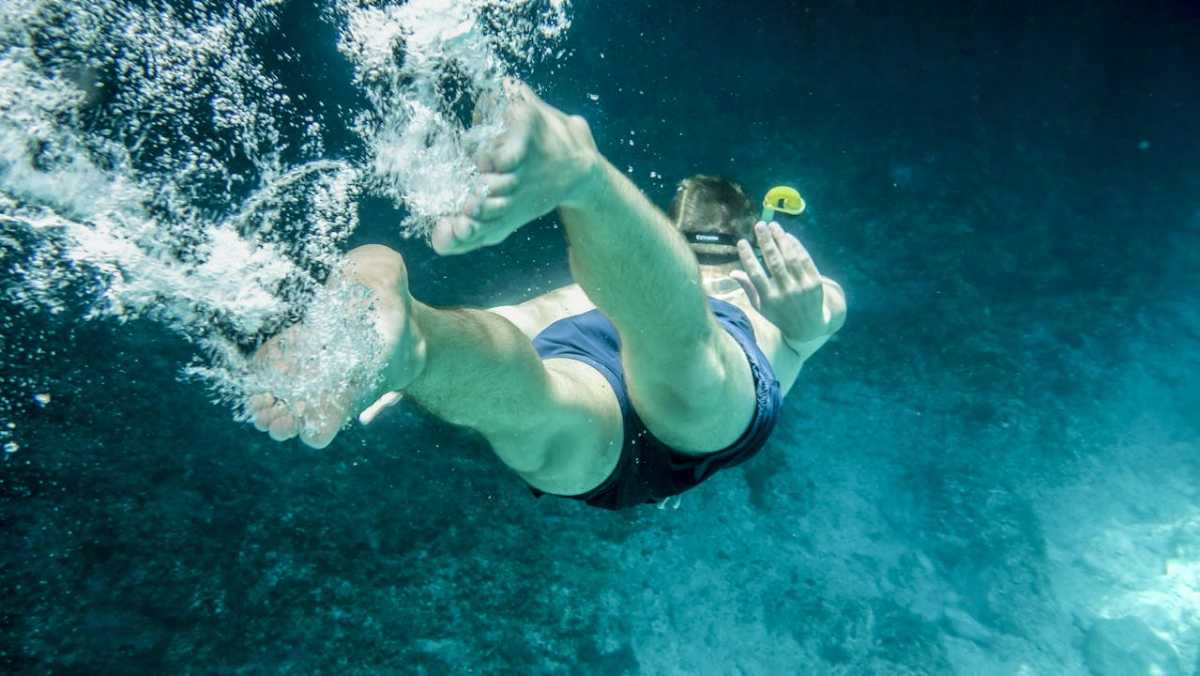
The shallow, sandy areas of Es Trenc Beach are good for spotting small flatfish camouflaged on the bottom and schools of sand smelt. Near any rocky outcrops or seagrass patches, you might find damselfish, small wrasse, and perhaps a needlefish gliding along the surface. Rent a car or take a bus towards Campos and then a local bus or taxi to Es Trenc. The beach is long, and different sections offer varying snorkeling conditions.
7. Cabrera National Park (South of Mallorca, Balearic Islands)
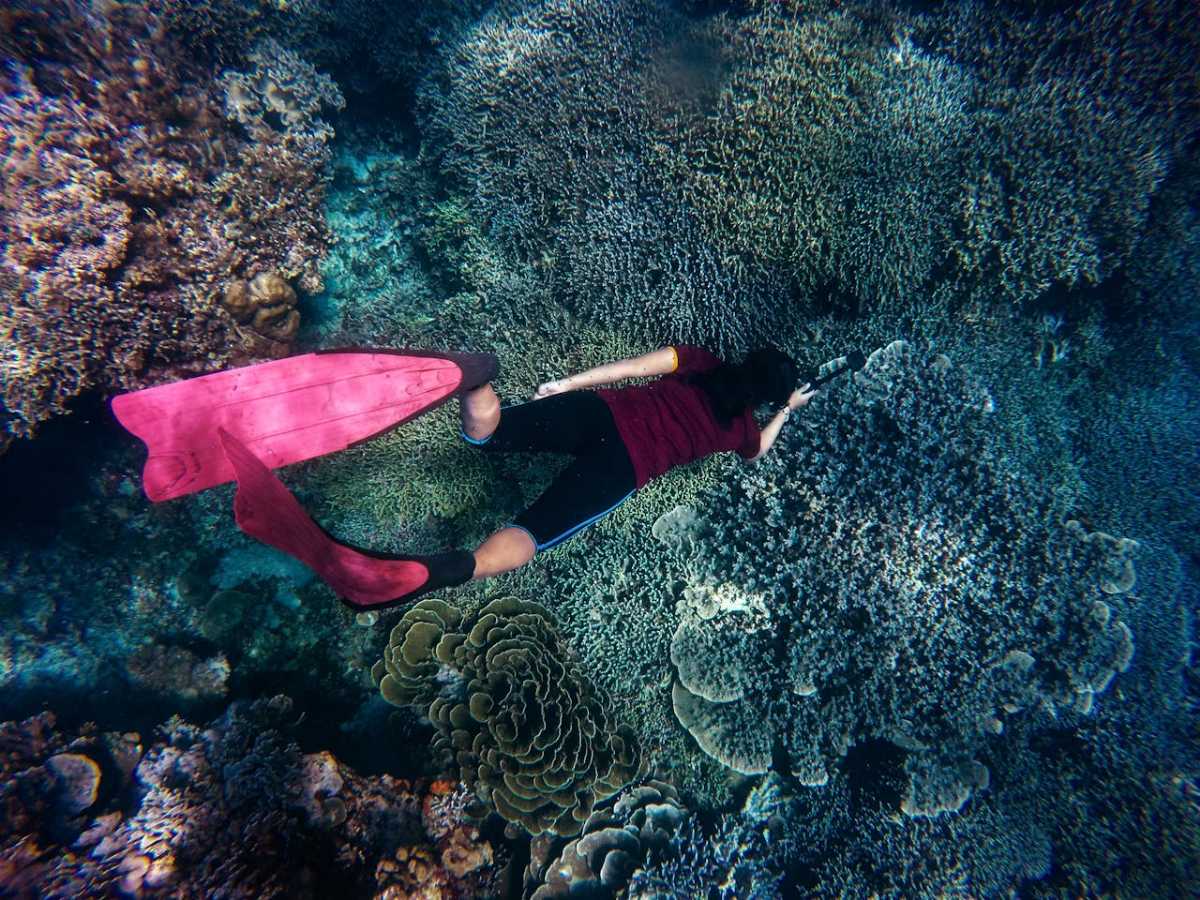
Due to its protected status, Cabrera boasts abundant and unafraid marine life. Snorkelers can encounter large schools of seabream, damselfish, parrotfish, and even the occasional barracuda cruising by. Look for starfish, sea urchins, and various types of anemones attached to the rocks. From the port of Colonia de Sant Jordi in southern Mallorca, several boat companies offer day trips to Cabrera National Park, often including snorkeling stops. Booking in advance is highly recommended as access is limited.
8. Los Escullos (Cabo de Gata-Níjar Natural Park, Andalusia)
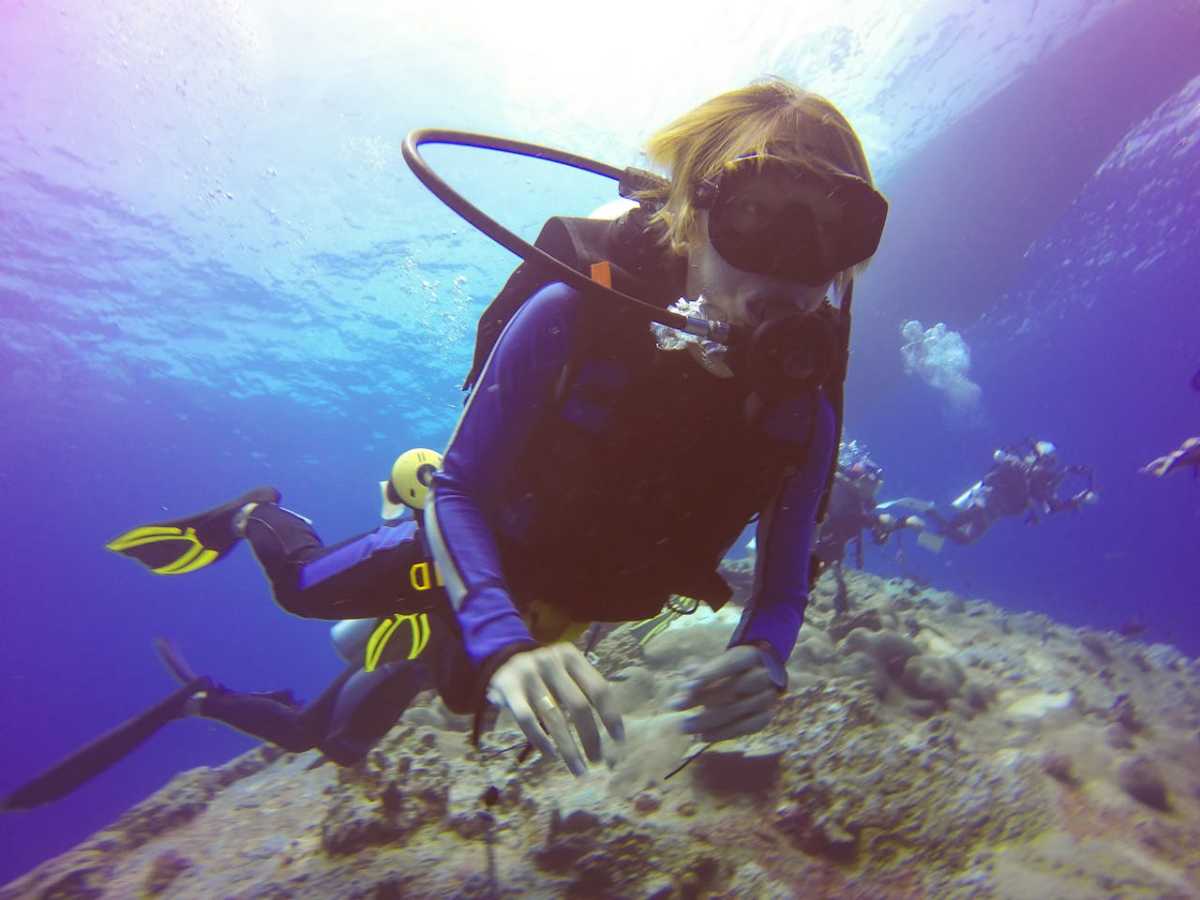
The volcanic rock formations in Los Escullos create interesting underwater habitats. Look for colourful damselfish, painted comber, scorpionfish, and small groupers hiding amongst the rocks. You might also spot sea cucumbers on the sandy bottom and various types of sea snails. Rent a car to explore the natural park. Los Escullos is a small coastal village within the park, easily accessible by car. There are parking areas near the beach.
9. La Isleta del Moro (Cabo de Gata-Níjar Natural Park, Andalusia)
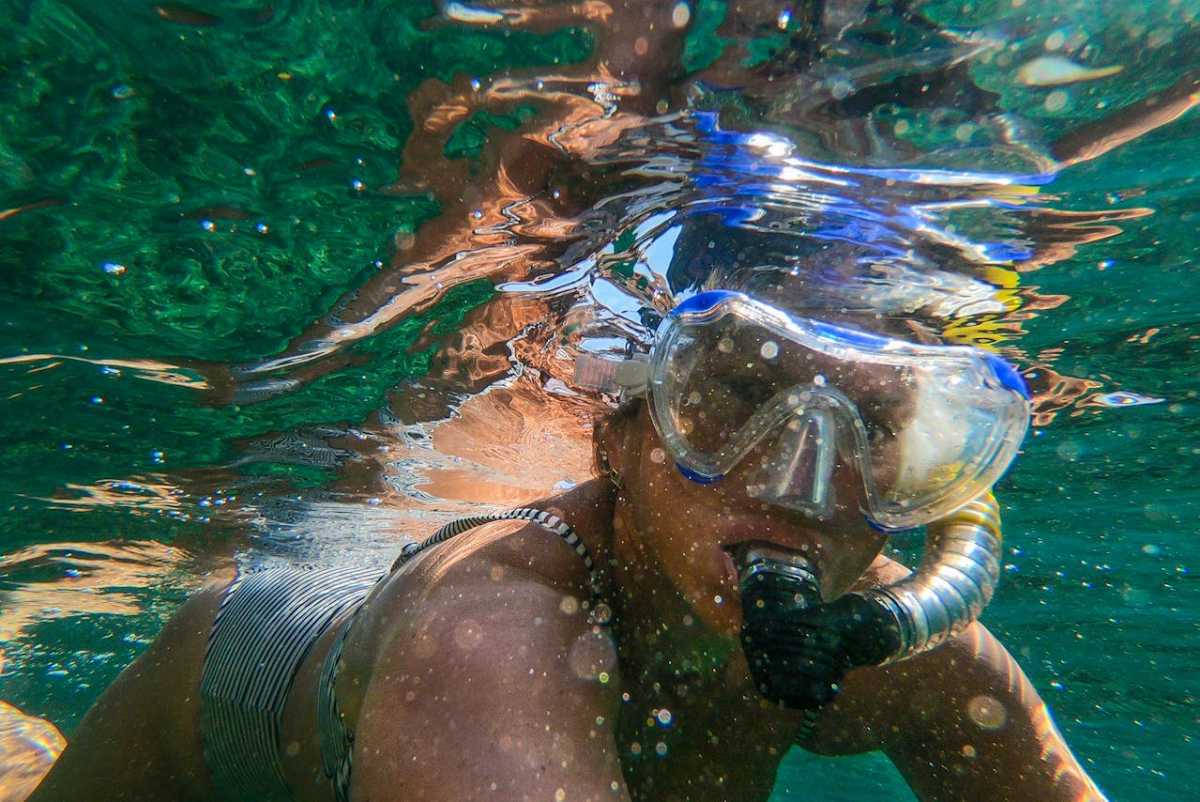
The calm waters around the iconic rock formation around this islet are great for observing schools of mullet, seabream, and saddled seabream. Look for octopus in the rocky crevices and sea urchins clinging to the submerged rocks. La Isleta del Moro is a small, picturesque village within the park, easily reached by car. Parking is available in the village. Gear rentals are readily available as well.
10. Playa de las Canteras (Las Palmas de Gran Canaria, Canary Islands)
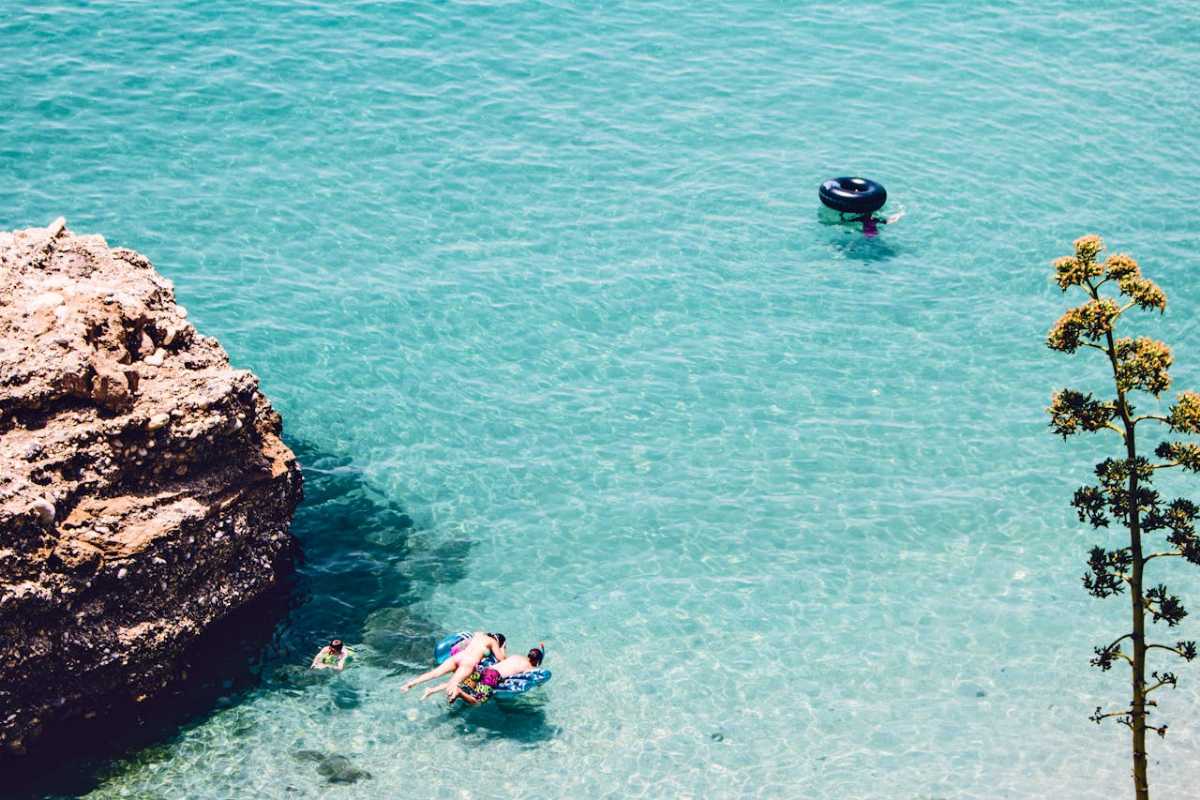
11. Los Cristianos & Playa de las Vistas (South Tenerife, Canary Islands)
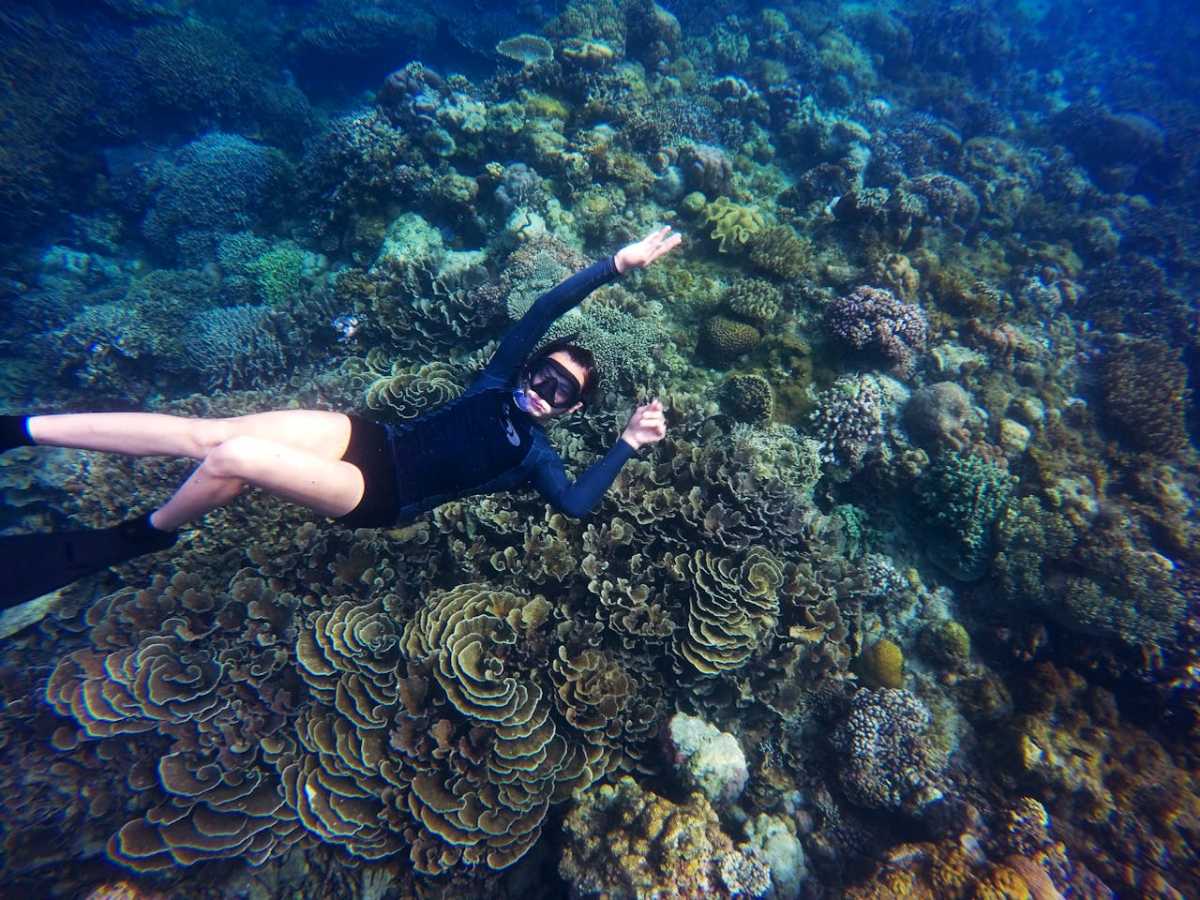
These popular beaches often have calm areas where you can spot schools of sardines, anchovies, bream, and damselfish. Look around rocky outcrops for trumpetfish and perhaps a lizardfish lying on the sandy bottom. Both Los Cristianos and Playa de las Vistas are major tourist resorts and are easily accessible by taxi or bus from the airport. Snorkeling is often best at the edges of the beaches where there are more rocks.
12. La Graciosa (Chinijo Archipelago Natural Park, Lanzarote, Canary Islands)

The pristine waters around La Graciosa are home to a variety of Canary Island marine life. Expect to see damselfish, bream, parrotfish, and perhaps the elegant barred hogfish. Look for sea cucumbers and various types of starfish on the sandy bottom and around the volcanic rocks. Take a taxi or bus to the port of Órzola (north of Lanzarote). Regular ferries operate between Órzola and Caleta de Sebo, the main town on La Graciosa. Several local operators in Caleta de Sebo offer snorkeling excursions to various spots around the island.
Best Time to Go Snorkeling in Spain
The best time to enjoy snorkeling in Spain is generally during the summer months, from June to September. This period offers the warmest water temperatures, particularly in the Mediterranean Sea where averages range from 18-24°C (65-75°F) between July and October, making it comfortable for most snorkelers without a wetsuit. Warmer waters also typically lead to higher visibility, allowing for clearer views of the underwater environment.
Many of Spain's prime snorkeling locations, including the Costa Brava, the Balearic Islands, and the Canary Islands, benefit from these ideal summer conditions. However, it's important to note that summer is also the peak tourist season, potentially leading to more crowded snorkeling spots. For those seeking a less crowded experience with still relatively warm waters, the shoulder seasons of spring (April-May) and autumn (September-October) can be good alternatives.
With diverse coastlines, blessed with clear waters and abundant marine life, snorkeling in Spain is top experience. From the tranquil Mediterranean coves to the dramatic volcanic shores of the Canary Islands, Spain caters to snorkelers of all ages and abilities. Whether you seek vibrant reefs, fascinating rock formations, or simply the joy of observing colorful fish in their natural habitat, Spain's underwater wonders promise an aquatic adventure you won't soon forget. So, grab your gear and get ready to explore the beauty that lies beneath the Spanish waves!
